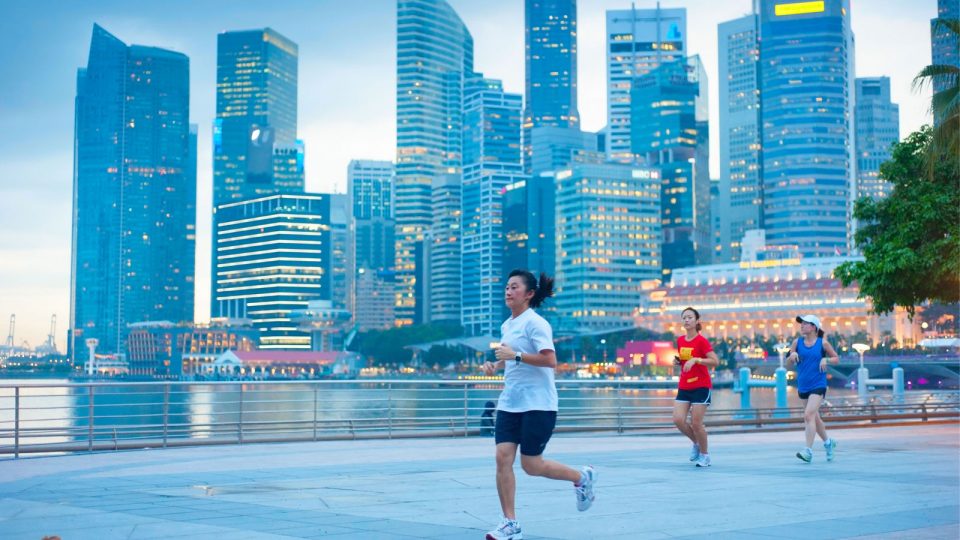There’s no other way to say it: We live in a shrinking world. Shorter air flight times, speedy communications and virtual reality connect us in so many ways, it’s hard to remember a time that “overnight delivery” didn’t exist — even to get packages from Singapore to the U.S.
The running industry has kept pace with this time warp, which is why it’s both fascinating and frightening to monitor trends associated with our favourite sport. Put on your seat belt because you’re about to set off on a rocket ride into the immediate future.
Publicity Gimmicks
Offbeat race promotions are expected to increase. Case in point: Meredith Parmalee made headlines when she ran the 2015 New York City Marathon while knitting a garment. The 22-year-old set off to beat Guinness world record holder David Babcock whose “Longest Scarf Knitted Whilst Running a Marathon” title continues to be challenged.
How did she do it? Meredith couldn’t run with needles so she used her fingers, wrapping yarn around her wrist like a bracelet and grabbing additional skeins in the same way a relay runner hands over batons. Crazy? Not in today’s anything-goes-environment where juggling, costumes and other creative stunts have also grabbed headlines.
Ultras Replace Ironman
Once upon a time, any Singapore runner seeking fame, fortune and medals stuck to standard marathons where recreational running was the order of the day. But human nature being what it is, athletes craved more challenging competitive environments, which is how the popularity of the Ironman race became a regular event in Singapore and beyond.
But like fashion, running trends can be fickle — which is how Ultras have come to be the latest endurance test that even surpass lengths, challenges and requirements that took runners to the top of the heap when coveting Ironman titles. These days, Ultras are pushing runners’ constitutions harder and harder as race distances that would have left the last generation of runners speechless are now trend-toppers.
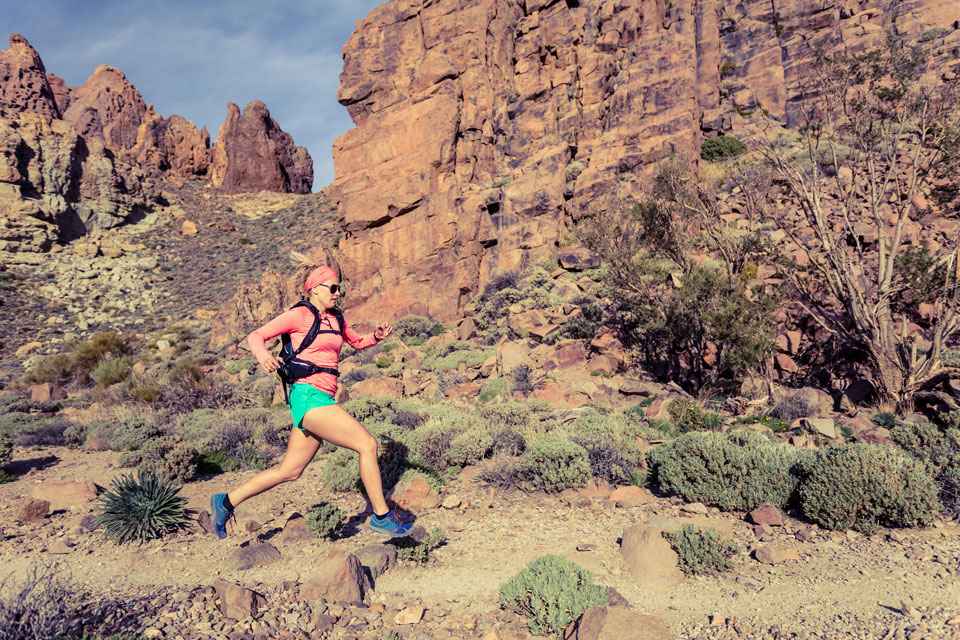
Super Gadgets
We joke that wearable technology won’t meet our expectations until a wrist tracker can prepare tea, pick up clothing from the floor and remind us to send birthday cards to our mums, but in fact, the number of new and clever wearables hitting today’s market is breathtaking.
Heart monitors. Power trackers. Pace efficiency counters. Stride evaluators. Pick a category and a device stands ready to report in on more than just the number of miles a runner completes or the number of calories he burns. Do the names Lumo Run, Stryd, Ambiorun and RunScribe ring a bell? Better bone up on trending technology fast — before these products are history and new gadgets replace them.
New Race Categories: From Fun to Funky
Assuming you keep tabs on fun runs and obstacle challenges popular on the Singapore running scene, you may wish to sit down when reading about the status of both types of events. Both obstacle races and short, novel and clever fun runs have become such big business these days, cash prizes and reputations are as commonplace as those awarded following mainstream marathons.
Trend trackers believe that obstacle racing could wind up as an Olympic sport by 2024. On the other hand, running for fun continues to be driven by charitable entities promoting running as both a fundraising avenue and a family affair. The biggest reason fun runs have been on the increase? As Singaporeans, we tend to take ourselves seriously, so fun runs make great stress antidotes.
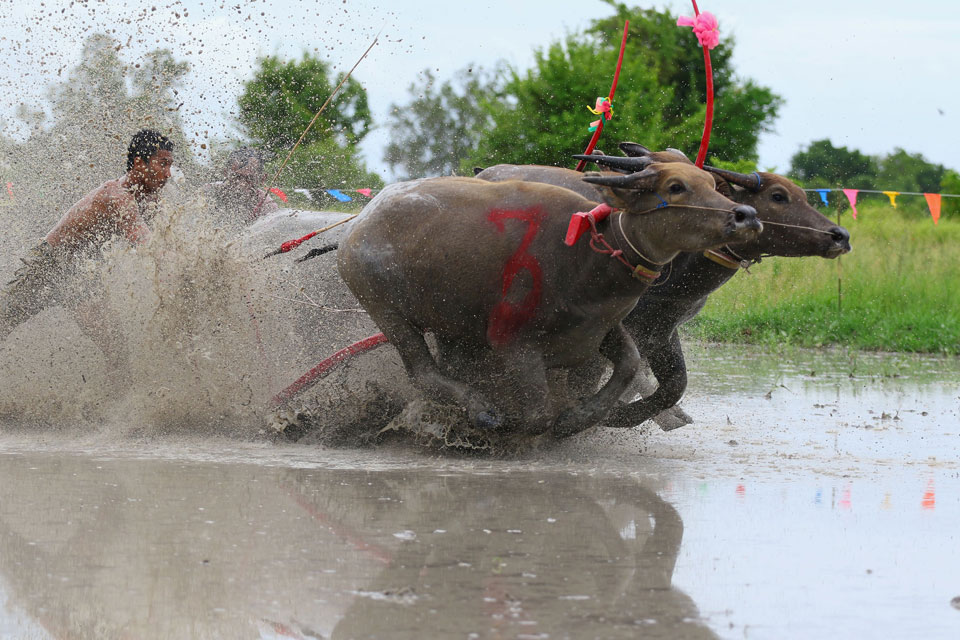
Shoe Business
If you already complain that you need a second job to help pay for athletic shoes, be prepared for rising shoe prices resulting from higher manufacturing costs, bigger budgets for research and development, increasing competition and higher material and shipping costs. Where once an athlete could find a great shoe that looked terrific and enhanced performance for less than US$150, bells and whistles are adding to production costs.
Further, vanity drives some purchases, which is why athletes don’t mind paying US$250 for the Asics MetaRun shoes. How healthy is the high-end shoe market? Ask athletes buying Buscemi and Porsche shoes. If this trend continues, affordable running shoes could become anachronisms.
More Numbers!
When the 2015 National Runner Survey was conducted at last year’s end, readers eager to scour statistics gleaned from 15,000 runners who were asked about trends and opinions made this a must-read.
The publication is packed with demographics, events, history, shoes, fitness drinks and edibles, technology, travel, apparel and more, and it’s not the only publication synthesizing and reporting on what runners need, want and buy.
Who benefits? Marketers, of course. While anyone can purchase resources like this one, it’s a perfect example of how a fun sport like running has become a marketing game in which the buying behaviours and lifestyles of runners are being perpetually assessed. Expect more number-driven research books and papers to be published and sold in the future.
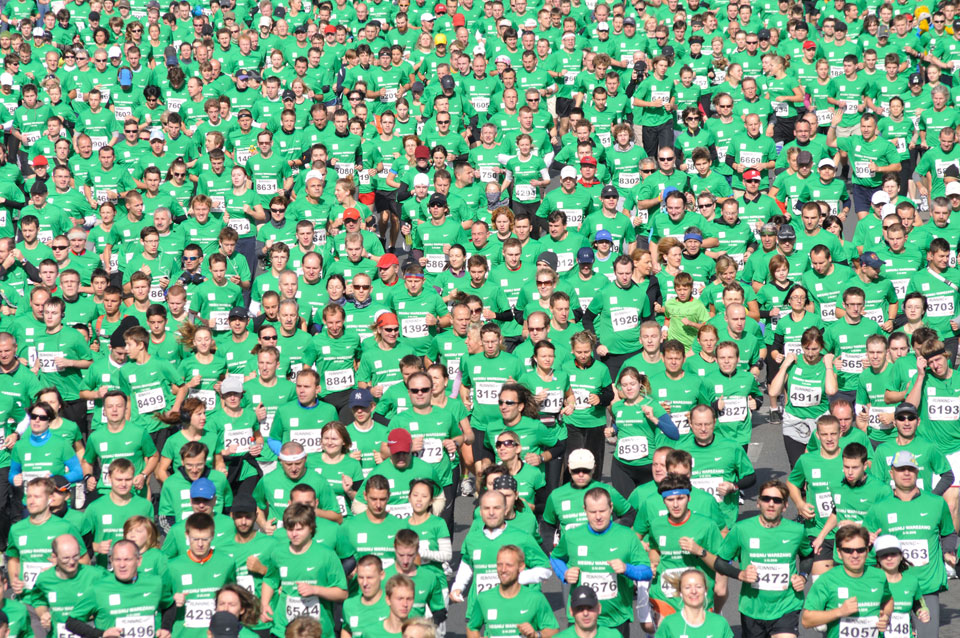
Have Shoes, Will Travel
Today’s Singapore athlete has likely encountered this already: the rising trend that challenges runners to compete on every continent if time, money and desire allows. Mike Plunkett, writing for “The Washington Post“, has found this trend to be so compelling, he profiled the meteoric popularity of what’s being referred to as “runcations,” in which competitors use accrued vacation time to participate in international marathons rather than relaxing on beaches.
This trend has impacted the travel industry big time. Packages that include airfare, accommodation, ground transport and entry fees for marathons have become more commonplace. The end result? Competition to market marathon packages for runners has grown fiercely competitive and this trend isn’t expected to end any time soon.
Fashionistas, Clean Out Your Closets
Should running togs help runners look sexy, trendy and smart as well as contributing to their comfort? That’s the wave of the future. Fashion designers are considering more than just “look” when they produce garments for runners. Gone are the days when a shirt was just a shirt!
Thermo-regulated fabric acts as all-weather armor. Runners wear smart sneakers capable of not only reporting on fitness but acting as GPS trackers. Garments repel perspiration, wash and dry on the fly and keep runners comfortable in the most extreme circumstances.
These fashion-forward garments are expected to saturate the market as runners, eager for clothing that does more than just cover their bodies, drive this quest. The down side? Sticking to a clothing budget could be harder than finishing a marathon down the road.
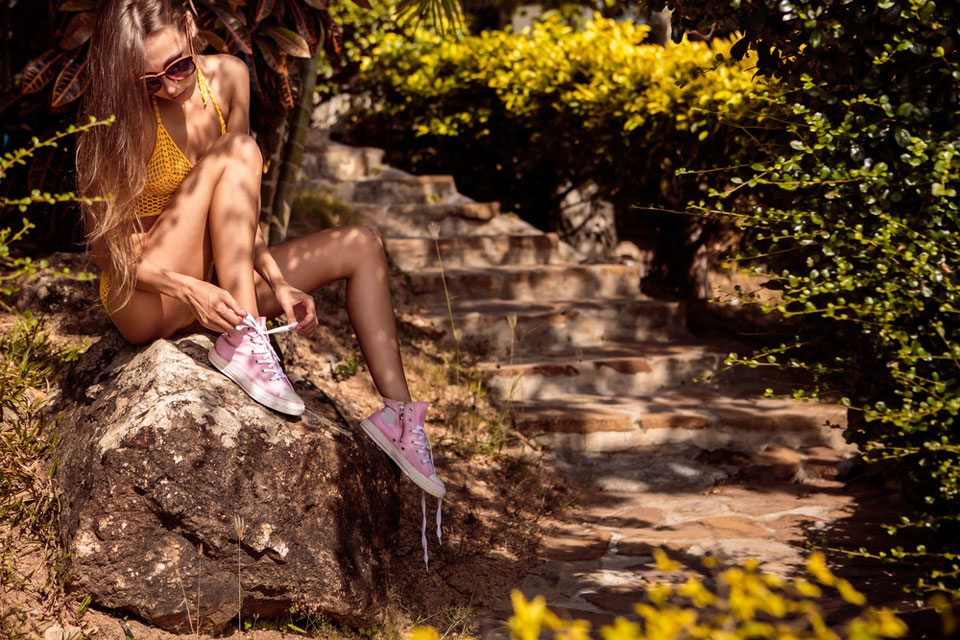
Performance Enhancers; The Legal Kind
Nobody wants to hear news about star athletes testing positive for illegal substances, but perhaps the trend toward developing foods and beverages that enhance performance made from all-natural ingredients could turn the tide.
Nutritionists, dieticians and scientists are busy testing formulations of healthy, nutritious and all-natural performance-enhancing herbs and foods that boost runner’s energy, endurance and performance. Where will you run into the newest samples of these wonder-foods? At marathons, of course. Companies producing new drinks and foods often test them out at racing venues to see how runners like them, which is how Run Gum received its first public exposure.
Stay abreast of news on Singapore’s running community grapevine because it’s the best way to get the inside scoop on trending smoothies, energy bars, enhanced water and power-packed snacks, many of which taste as good as they perform.
The Spacebib Phenomenon
Fans have proclaimed this online marketplace for runners sensational because once they use Spacebib to handle tasks related to their racing calendar, they realise how convenient it is!
Spacebib has been called ‘all things to all people’, and it offers a one stop destination for you to discover and purchase sporting events tickets in Singapore and beyond. Whether you want to register for a marathon, fun run, trail race or any mass participation sport, there’s no need to go elsewhere anymore.
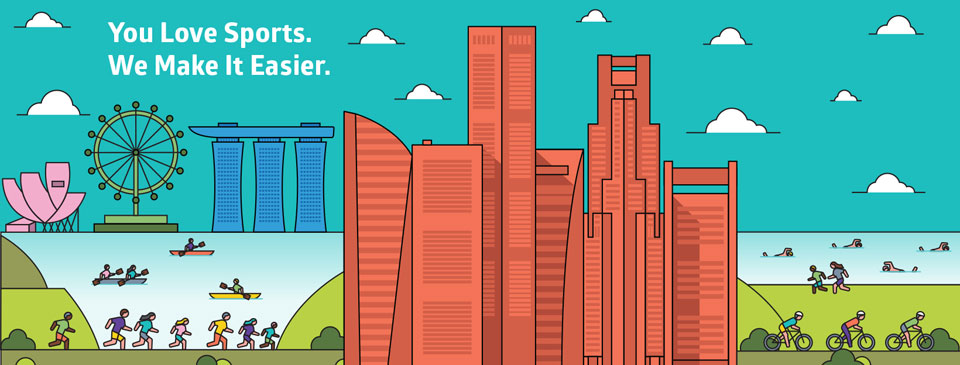
Marathon and Event Security
Since terrorists set off bombs at the 2013 Boston Marathon, nothing’s been the same, which is why race security is, sadly, one of the most important trends of all. A “New York Times” article focused on Africa where hotels, shopping venues and stadiums beef up security to assure runners that they can focus on staying hydrated and achieving BPs because security forces have their back and the backs of attendees.
The higher the profile, the more serious the risk, which has paved the way for this new trend: some organisers are proposing non-traditional routes that offer no public access.
In summary: running tends to mirror the world, so don’t be surprised if security remains at the top of trend lists for the foreseeable future.
Have you identified a trend that has the potential to impact Singapore’s running community? Please let us hear from you so we can add your thoughts to our list.


